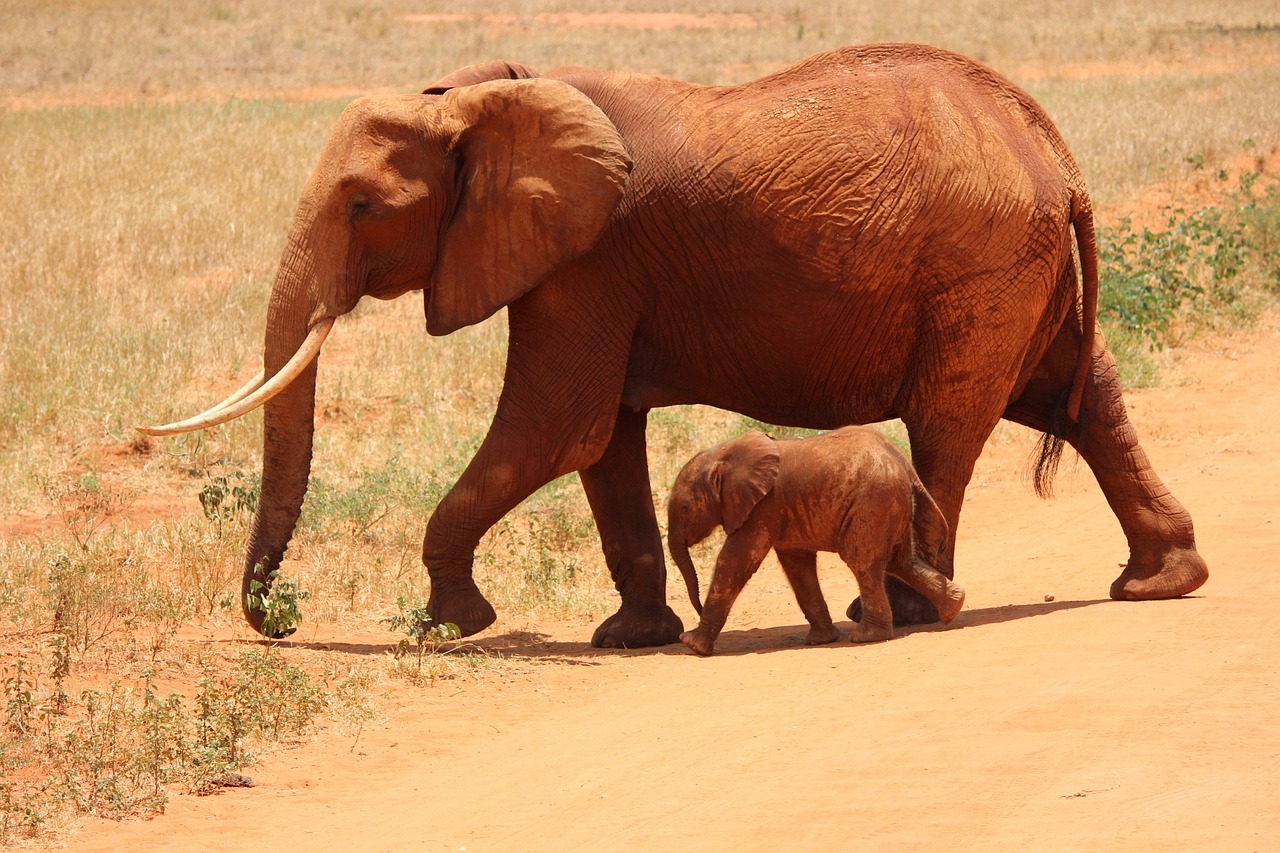The Battle to Save Tsavo’s Forests
🌿 A Personal Note from Tsavo
I remember the first time I stood in the heart of Tsavo, under the shade of a giant baobab. The silence was profound—broken only by a distant rumble of elephants and the soft rustle of wind through the trees. It felt ancient, sacred. That was nearly a decade ago.
Today, that silence is often broken by the crack of axes, the distant hum of chainsaws, and the growing absence of the forest itself.
Tsavo is in trouble. And if Tsavo is in trouble, so is everything it shelters.
🌲 Why These Forests Matter So Much
You may know Tsavo for its red elephants or wide, endless plains. But few people talk about its forests—and fewer still understand how vital they are.
These green corridors—like those in the Chyulu Hills, Taita Hills, and the stretch along the Galana River—are the lungs of this ecosystem. They feed rivers. They buffer against drought. They offer shelter to everything from leopards to hornbills, from bees to buffalo.
And they are disappearing.
🔥 What’s Eating the Forest?
Let me tell you what I’ve seen with my own eyes.
In one corner of Tsavo East, I walked through an area that used to be thick with commiphora and acacia. Today, it’s a scarred, open plain. Charcoal kilns smolder where trees once stood.
Elsewhere, fences are rising—cutting off ancient elephant paths to make way for unregulated plots. Water points dry faster. Wild dogs vanish. And the forest, which has no voice of its own, gets smaller each year.
This isn’t just deforestation. It’s slow erasure.
🛡️ The Unsung Heroes
Still, amidst all this, I have hope.
I’ve met women’s groups in Mtito Andei planting trees from seed. I’ve seen barefoot scouts from local community associations spend nights patrolling forest edges, not for pay, but for pride. I’ve spoken to rangers who, despite little support, will not give up the fight.
Organizations like Wildlife Works are helping turn trees into carbon assets—giving communities financial reason to protect instead of destroy. And young conservationists? They’re using phones and cameras to tell Tsavo’s story to the world.
📸 A Glimpse from the Ground
“They used to cut trees at night. Now, they do it in daylight—because no one stops them anymore.”
— Musa, community forest scout
“The elephants used to pass through here every year. This year, none came.”
— Faith, farmer near Taita
“I plant trees not because someone pays me, but because I remember what this place used to be.”
— Juma, local elder
🌍 So, What Can You Do?
Whether you live in Kenya or halfway across the world, you’re not powerless.
- 🌱 Support trusted conservation groups—even small donations go a long way.
- 📢 Raise awareness—talk about Tsavo. Share its story. Make it known.
- 🧺 Rethink charcoal use—support cleaner, forest-friendly fuel options.
- 🦓 Visit responsibly—eco-tourism can be a force for preservation, not destruction.
📬 Join Our Story
If this touched you, stay close.
Subscribe to World Wild Tales for real, raw, hopeful stories from Africa’s wild spaces.
🌿 Because when the forests fall silent, we all lose something.
And if we speak for them, maybe they won’t go quietly.




0 Comments
No comments yet. Be the first to share your thoughts!